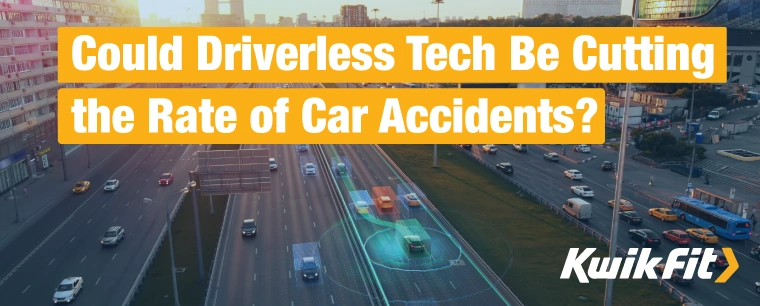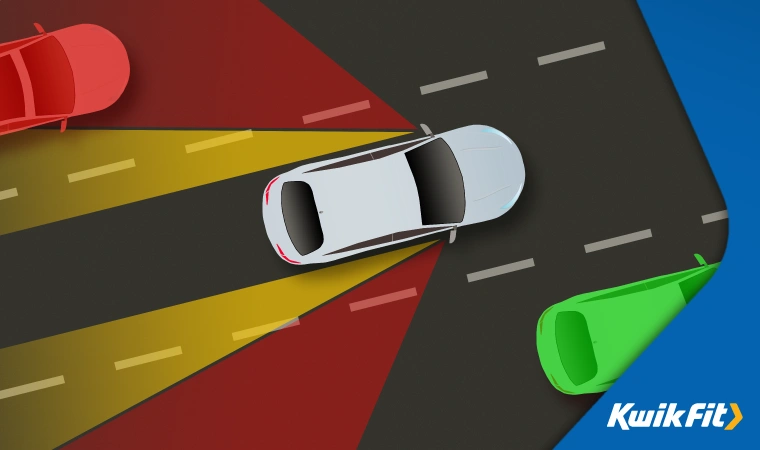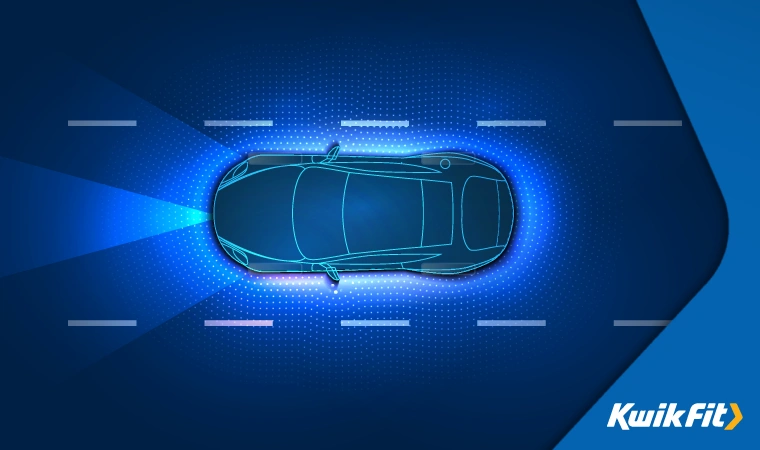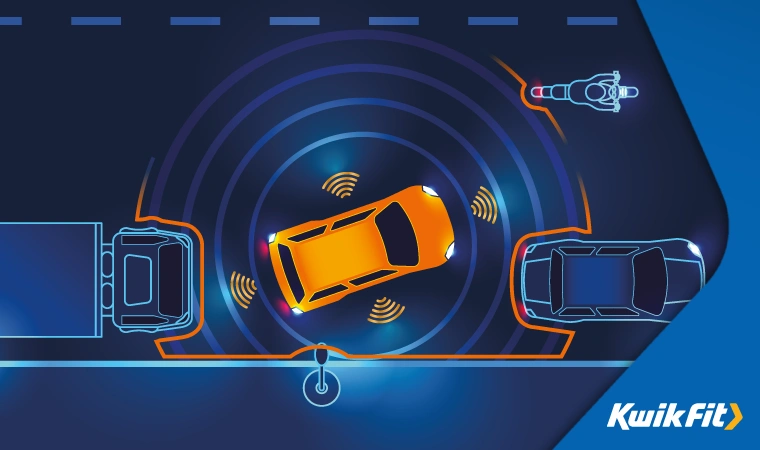Is Driverless Tech Cutting Car Accidents?
Jack Dreyer | Wednesday 31st August 2022 11:42am

From overtaking sensors to collision warning systems, the cars we now drive feature an ever increasing range of automated safety systems. These hi-tech solutions no doubt make driving easier and less stressful, and they may be helping to make our roads safer too.
Data from the Society of Motor Manufacturers and Traders (SMMT) reveals that the number of cars available with driver assistance systems is rising dramatically, while at the same time accident rates are dropping.
Millions more drivers benefiting from collision avoidance tech
The organisation noted that nearly 8 in 10 new vehicles are now available with driver assistance systems, either as standard or as an optional extra feature. In addition, approximately 1.9 million car buyers a year are benefiting from some form of collision avoidance technology. This figure is up by 100,000 since their previous study. The most popular solutions include parking assistance, blind spot sensors, and autonomous emergency braking.

More than 70 percent of new cars are now available with autonomous energy braking systems that automatically apply the brakes to avoid impacts or lessen their effects. Not far behind, overtaking sensors are available on 54.2 percent of vehicles, while adaptive cruise control (which enables cars to increase or decrease their speed automatically to keep a safe distance from the vehicle in front) is available in 36 per cent of new cars.
New technologies that have hit showrooms in recent years include systems that can take over the task of driving in traffic queues, pre-collision warning systems that detect vehicles, cyclists and pedestrians, and key fob or smartphone-controlled parking.
At the same time as we’re fitting increasingly sophisticated driver assistance solutions in cars, the number of accidents appears to be going down. Figures cited by the SMMT suggest that road accident rates have dropped by 10 per cent over the last five years.
Further reductions in accident rates predicted
According to the SMMT, innovations in vehicle technology will mean that accident rates continue to decline. A report compiled by the organisation and KPMG suggested that self-driving and connected vehicle technology could cut the number of serious accidents by 25,000 by the year 2030, potentially saving around 2,500 lives.
Safety is the ‘number one priority’ for manufacturers

Responding to the latest findings, SMMT chief executive Mike Hawes stated that safety is “the number one priority” for car manufacturers. He added that while fully autonomous cars may be some way off, millions of people are already benefiting from new technology that can “only help make our roads safer”.
What steps can you take to make your journeys safer?

Although driver assistance systems may be reducing risks on the road, it’s still essential to take safety seriously when you’re behind the wheel. To help you avoid accidents, it’s worth bearing the following safety tips in mind.
Vehicle checks
Checking your car regularly for signs of damage or wear and tear can lower your risk of experiencing an accident on the highways. For example, it pays to keep a close eye on your tyres. Check them over for cracks and bulges, monitor their tread depth and pressure, and replace them when necessary. It’s also crucial to ensure you keep your screen wash levels topped up, and it’s advisable to replace your windscreen wipers every year to prevent smearing that can obstruct your view of the road. Pay attention to your lights too, including your brake, fog and reversing lights, as well as your indicators. If any bulbs blow, ensure that you replace them as quickly as possible.
Driving tips

There are also lots of things you can do while you’re driving to reduce your risk of accidents. For instance, don’t be tempted to use a handheld mobile phone behind the wheel. As well as being illegal, this can be extremely distracting and therefore dangerous.
Another safety tip is to ensure you never drive while tired. Research into police statistics shows that 10-20% of all crashes are estimated to be caused by fatigue. If you find yourself becoming sleepy when you’re on the road, take a break as soon as you can. You should also plan regular breaks for long journeys, ideally stopping at least once every couple of hours for 15 minutes or more.
Don’t be tempted to drive too fast. You might be surprised to learn that if you hit a pedestrian while you’re travelling at 35mph, you’re twice as likely to kill them as you are if you’re travelling at 30mph.
Always leave a gap of two seconds or more between you and the vehicle in front too as this will help you to ensure you have enough time to react in an emergency. Use your mirrors regularly as well, and make an effort to know what’s happening around you on the road at all times.
You should always wear your seatbelt, even for the shortest of journeys, and ensure that any passengers do likewise. In a collision, a rear passenger who isn’t wearing a seatbelt can seriously injure anyone sitting in front of them in the car.
Stay safe – with or without tech
There’s always some level of danger associated with driving, but improving technology is helping to bring the level of risk down – and by bearing car safety tips like the ones mentioned here in mind, you can lower your chances of being involved in an accident even further.
To keep yourself and your passengers safe, make sure you keep your vehicle well maintained – book in a vehicle service with Kwik Fit.
Any facts, figures and prices shown in our blog articles are correct at time of publication.
Featured Articles
Is it Illegal to Drive With One Headlight?
Saturday 19th July 2025
Wondering if it’s illegal to drive with one headlight? Learn about the safety risks and penalties of illegal blown bulbs and why you should fix them promptly.
Air Con in EVs & Hybrids: Experts Answer Your Questions
Monday 30th June 2025
Does air con drain EV batteries? Can you use the air con while charging an electric car? Find out the answers to these questions & more from Kwik Fit’s experts.
Why Is Your Car Making a Noise? Fixes & Tips
Friday 13th June 2025
When your car starts making unexpected noises, it can certainly be quite disconcerting; it may be nothing to worry about, but here’s what you need to know.









